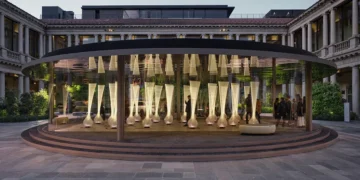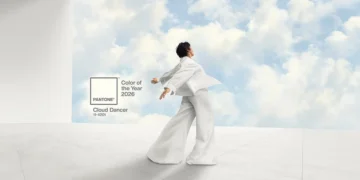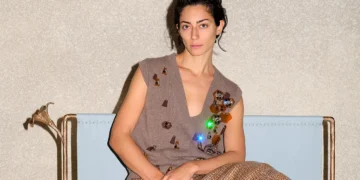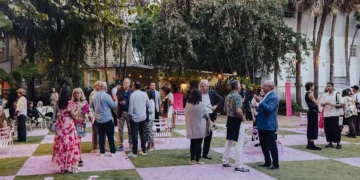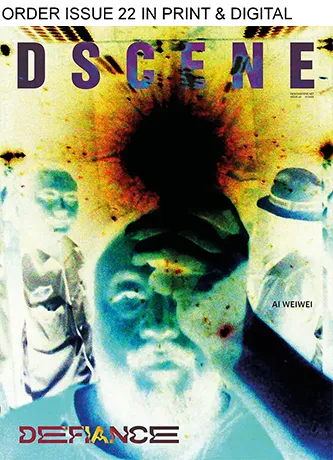
DRIFT returns to Milan Design Week after a decade, partnering with Audi to introduce Drift Us, an interactive robotic installation set within the courtyard of Portrait Milano Hotel. As part of Audi’s House of Progress initiative, the work invites visitors to explore how movement connects people with their surroundings. Dutch artists Lonneke Gordijn and Ralph Nauta, the founders of DRIFT, channel natural motion into a spatial and sensory experience that redefines interaction in public space.
DESIGN
Drift Us uses rhythmic motion to mimic the calm effect of wind moving through a grassy field. As visitors walk through the courtyard, they trigger a system of robotic elements designed to respond to their presence. This interaction transforms each participant into an active part of the installation. DRIFT treats the human body as a source of influence, placing it in direct conversation with a responsive structure.
View this post on Instagram
The installation doesn’t rely on spectacle but instead builds its impact through tempo and rhythm. The synchronized movement of its sculptural elements aligns with natural rhythms, breathing, heartbeat, and environmental flow. Visitors move not just through a space but with it, guided by a composition that promotes stillness and attention.

Audi invited DRIFT to contribute to its House of Progress programming during Salone del Mobile 2025. The brand uses the space to share its views on mobility, design, and innovation. According to the artists, both DRIFT and Audi share the belief that movement creates change. “In our highly complex and demanding world, flexibility and adaptability are key,” they explain. “At House of Progress, you’re invited to become a force of change.”
Audi presents its vision through interactive displays that focus on efficiency, technology, and user-centered mobility. The collaboration with DRIFT supports the brand’s broader strategy: to engage emotionally and technologically with audiences through experiences that connect innovation to human values.

The structure of Drift Us features materials chosen for their ability to respond to light and motion. These include SLA and SLS 3D-printed polymers, powder-coated aluminum, stainless steel, nylon monofilament, and patel gradient PET-G. Every component contributes to the installation’s responsiveness and transparency, enhancing its floating and rhythmic effect.
Joep Beving composed the sound for the experience, adding a musical dimension that supports the visual and physical qualities of the space. DRIFT worked with POINT.ARCHITECTS on architectural integration and received production support from Beyond the Line and Sandra Biundo. Together, this team built a work that unites design, sound, structure, and interaction.


Since debuting at Salone del Mobile in 2006, DRIFT has focused on interactive sculptures and robotic artworks that address the relationship between humans and built environments. Gordijn and Nauta design their works to create an emotional shift in the way people perceive a space. They work with their in-house team to develop technologies and material approaches that can support large-scale installations without losing human connection.
RELATED: Audi Exclusive Marks 30 Years with a Custom A6 Avant Reveal in Milan
Their approach often draws from organic systems and physical science, using motion to simulate processes found in nature. While the forms can feel futuristic, their intention stays grounded in encouraging reflection and presence. For DRIFT, an artwork succeeds when it builds a quiet exchange between its mechanics and the people moving through it.

